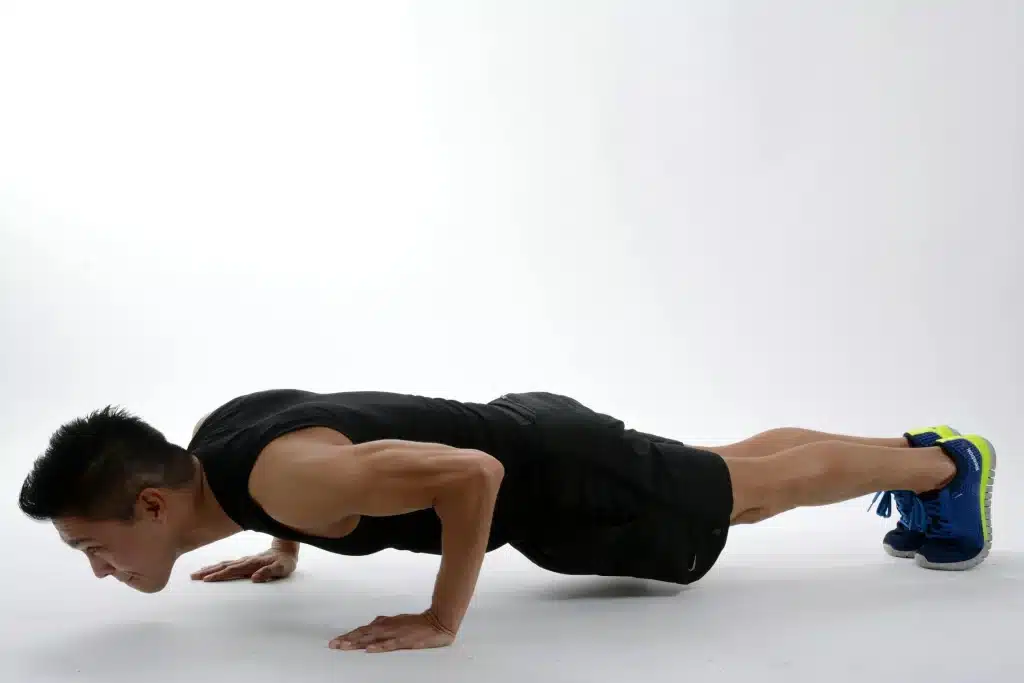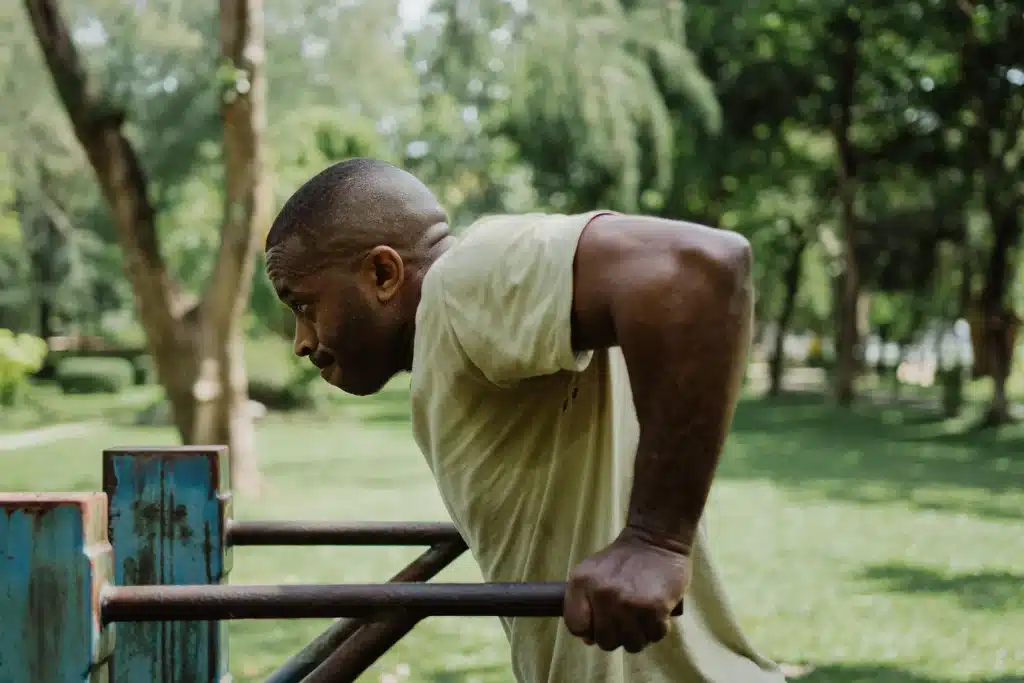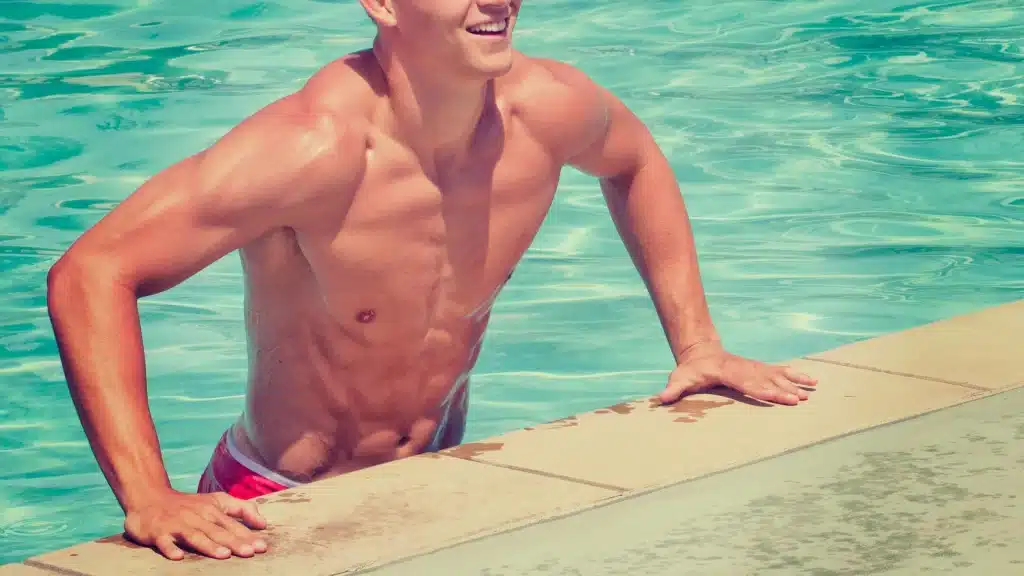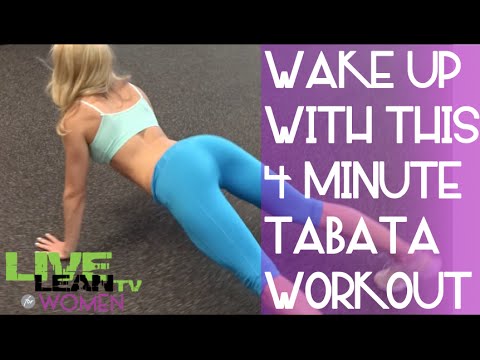Table of Contents
The significance of arm strength extends beyond aesthetic appeal, playing a crucial role in our daily activities and overall physical health. Strong arms facilitate various tasks, from lifting heavy objects to performing intricate movements requiring fine motor skills. With the rise of home workouts, achieving toned biceps, triceps, and shoulders without the need for gym equipment has become increasingly popular and accessible. This guide aims to equip you with a series of effective arm-strengthening exercises that can be easily performed within the comfort of your home.
Whether your goal is to build muscle, enhance endurance, or simply maintain a healthy physique, the following routines cater to all levels of fitness enthusiasts. By focusing on the three major arm muscle groups—the biceps, triceps, and shoulders—this compilation of exercises promises a balanced approach to arm strengthening. Through a combination of push-ups, dips, and innovative bodyweight movements, you will discover how to maximize your workout efficiency without any special equipment.
Understanding Arm Muscles
The human arm is a complex structure powered by three primary muscle groups: the biceps, triceps, and shoulders. Each plays a pivotal role in arm movement and functionality. The biceps brachii, located at the front of the upper arm, is crucial for pulling motions and bending the elbow. Conversely, the triceps brachii, situated at the back of the upper arm, is essential for pushing movements and extending the elbow. The shoulders, or deltoids, encompass three distinct segments (anterior, lateral, and posterior) that contribute to a wide range of arm movements, including lifting and rotating the arm.
Understanding the anatomy of these muscles is vital for developing an effective workout regimen. Targeting each muscle group through specific exercises ensures a balanced approach to strengthening, resulting in harmonious muscle development and functionality. For instance, exercises that require bending and pulling will predominantly engage the biceps, whereas pushing movements are more triceps-intensive. Shoulder exercises typically involve movements that either lift the arm or rotate it at various angles, engaging different sections of the deltoids.
Focusing on these muscle groups not only enhances the visual definition of the arms but also significantly improves physical performance. Strong arms contribute to better posture, reduce the risk of injuries by supporting joint health, and increase the efficiency of daily tasks and athletic activities. By tailoring your workout to include a variety of exercises targeting the biceps, triceps, and shoulders, you’ll ensure a comprehensive arm strengthening routine that fosters both aesthetic and functional benefits.
Pre-Workout Essentials
Before diving into any arm-strengthening routine, preparing your body through a proper warm-up is crucial. This step not only primes your muscles for the workout ahead but also significantly reduces the risk of injury. A good warm-up should target the arms, shoulders, and upper back, incorporating dynamic movements that increase blood flow and flexibility in these areas. Examples include arm circles, wrist rolls, and gentle stretching that involves both the biceps and triceps.
Equally important is tracking your progress. Without equipment, you might wonder how to measure improvements. Focus on qualitative metrics such as increases in repetitions, enhancements in form, or even the ability to perform more complex variations of the exercises. Documenting these changes provides valuable feedback on your development and motivates you to maintain consistency in your workouts. With your body properly warmed up and a method to track your journey, you’re now set to tackle arm-strengthening exercises with confidence and safety.
Bicep Strengthening Exercises
Bicep muscles, vital for pulling and lifting, can be effectively worked out with no equipment. Here are three exercises designed to strengthen your biceps at home.
Push-Ups
While push-ups are traditionally viewed as a chest exercise, modifying the placement of your hands can shift the focus towards your biceps. By adopting a closer hand position, you engage your biceps more intensely. Start in a plank position with your hands placed under your shoulders. Lower your body to the ground, keeping your elbows close to your sides. Push back up to the starting position. This variation intensifies the workload on your biceps.
Chin-Ups (using a sturdy doorframe or low branch)
Chin-ups are a powerful exercise for bicep strengthening, requiring only a stable overhead support. Grip your chosen support with your palms facing towards you and your hands about shoulder-width apart. Pull your body upwards until your chin is over the support, then lower yourself slowly back to the starting position. For beginners, jumping chin-ups or using a chair for support can make this exercise more accessible.
Plank Taps
Though not a traditional bicep exercise, plank taps engage the biceps through stabilization. Start in a high plank position, ensuring your body forms a straight line from head to heels. Tap your left shoulder with your right hand, then place your hand back on the ground. Repeat with the other hand, tapping your right shoulder with your left hand. This exercise not only strengthens the biceps but also improves overall arm and core stability.
Incorporating these exercises into your routine will challenge your biceps in new ways, promoting muscle growth and endurance. Progress can be measured by increased ease in performing these exercises, ability to do more repetitions, or holding the positions for longer periods. Consistency and proper form are key to seeing results without the need for any equipment.
Tricep Strengthening Exercises
Triceps, occupying the back of the upper arms, are essential for pushing movements. Strengthening these muscles is straightforward with the right exercises, no equipment needed.
Diamond Push-Ups
An effective variation targeting the triceps involves forming a diamond shape with your hands. Place your hands under your chest, with your fingers touching to form a diamond or triangle shape. As you lower yourself, keep your elbows close to your body to emphasize tricep activation. Press back up to the starting position, focusing on using your triceps to do the work. This exercise is challenging but yields significant strength gains in the tricep area.
Tricep Dips
For this exercise, use a stable chair or a low table. Sit on the edge, place your hands next to your thighs, and move your feet out in front of you. Slide your hips off the chair, and lower your body by bending your elbows to about a 90-degree angle. Push yourself back up to the starting position. Ensure your movements are controlled to effectively engage the triceps without straining your shoulders.
Bodyweight Tricep Extensions
Face away from a wall or use a sturdy table. Place your hands on the edge, slightly narrower than shoulder-width apart. Step your feet back so your body is at an angle. Keeping your body straight, bend your elbows to lower your forehead towards the edge of the wall or table. Push back up by extending your arms. This exercise mimics the tricep extension movement found in gym workouts, effectively using your body weight as resistance.
Integrating these tricep-focused exercises into your workout regimen will enhance arm strength, improve muscle definition, and increase overall upper body power. The key to success lies in consistent practice and gradually increasing the intensity and repetitions of each exercise as your strength improves.
Shoulder Strengthening Exercises
Strong shoulders are crucial for a wide range of movements and stabilizing the arms. These exercises target the shoulders, ensuring balanced development and strength.
Pike Push-Ups
Pike push-ups target the deltoids, offering a challenging workout with no equipment. Start in a high plank position, then lift your hips towards the ceiling, forming an inverted “V” with your body. Your feet and hands should be kept flat on the ground, with hands placed wider than shoulder-width. Lower your head towards the ground by bending your elbows, then push back up. This movement focuses intensely on the shoulder muscles.
Arm Circles
Though seemingly simple, arm circles are highly effective for warming up and strengthening the shoulder muscles. Stand with your feet shoulder-width apart, and extend your arms straight out to the sides, parallel to the floor. Rotate your arms in small circles, gradually increasing the size. Perform this exercise in both clockwise and counter-clockwise directions. To add intensity, hold a small weight in each hand, such as a water bottle.
Handstand Practice (against a wall)
Handstands are an advanced exercise that significantly strengthens the shoulders. Begin by facing away from a wall, place your hands on the floor, and kick your legs up against the wall. Keep your body straight and engage your core. For beginners, attempt to hold this position for a few seconds, gradually increasing the duration as your strength improves. Practicing handstands not only builds shoulder strength but also improves balance and core stability.
Incorporating these exercises into your routine will develop shoulder strength, enhancing your overall upper body power and functionality. As you progress, you can increase the difficulty by adding more repetitions, extending the duration of holds, or incorporating variations to continue challenging your muscles.
Creating a Balanced Workout Routine
Establishing a balanced workout routine is key to achieving comprehensive arm strength and ensuring all muscle groups develop harmoniously. An effective regimen involves strategically combining the exercises for biceps, triceps, and shoulders, allowing adequate rest and recovery for each muscle group.
Routine Design
Begin by organizing your workouts throughout the week, alternating between muscle groups to prevent overuse and strain. For instance, focus on biceps and triceps one day, followed by a day centered around shoulder exercises. Incorporate at least one rest day per week to facilitate muscle repair and growth. This approach not only enhances muscular endurance but also prevents the risk of injury.
Progression and Variation
As your strength increases, introduce variations to the exercises or increase the number of repetitions and sets to continue challenging your muscles. Progression is crucial for continual improvement and avoiding plateaus in your fitness journey. Adding variations, such as changing the speed of execution or incorporating isometric holds, can further enhance muscle engagement and growth.
Listening to Your Body
Pay close attention to how your body responds to the workouts. If you experience discomfort beyond typical muscle fatigue, allow yourself additional rest. Listening to your body and adjusting your routine accordingly is crucial for long-term success and health.
Consistency and Patience
Consistency is the cornerstone of any successful fitness routine. Regular workouts, combined with patience and dedication, are essential for seeing tangible improvements. Celebrate your progress, no matter how small, and stay committed to your goals.
By following these guidelines, you can craft a balanced, effective workout routine that promotes arm strength and overall physical well-being. Remember, the journey to enhanced fitness is a marathon, not a sprint. With perseverance and the right approach, you’ll achieve the strong, toned arms you’re aiming for.
Conclusion: Equipment-Free Arm Strengthening
You are now equipped with effective strategies for building arm strength, all achievable from the comfort of your home, without the need for specialized equipment. The exercises detailed throughout focus on the biceps, triceps, and shoulders, ensuring a comprehensive approach to arm fitness that suits a wide range of abilities. From basic exercises like push-ups and dips to the advanced technique of handstands, each activity has been chosen for its proven benefits in promoting muscle growth and enhancing endurance.
As you move forward, celebrate each achievement, no matter how modest it may seem. These accomplishments reflect your hard work and commitment to enhancing your physical well-being. With a clear plan and a strong resolve, you’re ready to pursue your goals. Keep challenging yourself, listen attentively to what your body tells you, and find joy in the process of growing stronger.
Discover more ways to fuel your fitness journey—subscribe now for exclusive tips, workouts, and nutrition advice tailored to your lifestyle.
Further Reading
Explore these additional resources to dive deeper into arm strengthening workouts without equipment, offering a range of exercises tailored to improve your fitness from the comfort of your home:
- Greatist provides an extensive list of arm exercises that can be done with and without weights, offering variations of planks and push-ups to engage your core along with your arms. Read more at Greatist – Exercises at Home for Arms.
- Healthline highlights 8 bodyweight arm exercises perfect for toning and strengthening your arms without the need for any equipment. Discover these exercises at Healthline – 8 Bodyweight Arm Exercises.
- SELF shares 21 exercises aimed at women looking for effective arm workouts without equipment. This resource allows you to mix and match moves for a customized routine. Check it out at SELF – 21 Exercises for Awesome Arms.
- Gaiam discusses how to slim and tone your arms quickly through exercises that don’t require weights, including arm circles, tricep dips, and more. Learn how at Gaiam – Arm Exercises Without Weights.
- Health.com presents an at-home arm workout that includes 10 moves requiring no weights, also promising to engage your abs. For the full workout, go to Health.com – Arm Workouts at Home.











